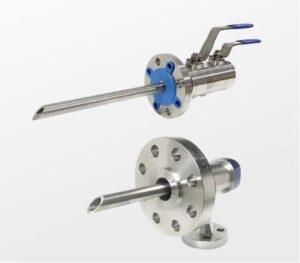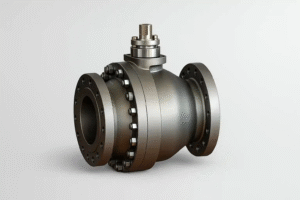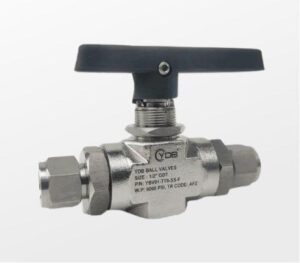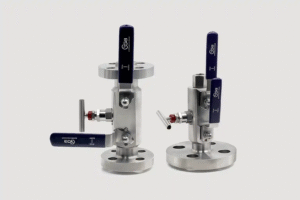The valve body is one of the pieces of equipment that enables an automatic transmission to operate correctly. The valve body can activate the right clutch pack of the selected gear by channeling hydraulic fluid through various paths.
There are multiple valves inside the valve body; each referred to by the change it is responsible for. For instance, the third-fourth valve triggers the upshift from the third to the fourth gear, and the fourth-third decides when the fourth to the third gear should be downshifted. It is connected to the vehicle’s shifter since the valve body is responsible for determining when to drive or reverse. As it is the one valve that takes feedback from the driver, the valve connected to the shifter is called the manual valve. Here are some f the materials used to make valve body
Bronze
Nonferrous materials, commonly bronze or brass, make up the vast majority of valves supplied to the industry each year. In a valve manufacturing company, bronze is typically an alloy of copper, tin, lead, and zinc. This must be defined if zinc-free bronze is needed. In particular, the physical strength, structural stability, and corrosion resistance of bronze make it very suitable for a wide range of industrial requirements in mainstream applications.
Cast iron
In virtually every business sector, cast iron valves have a significant cost advantage and have a wide variety of suitable service applications. They are widely used in water, steam, oil, and gas services and find various applications in handling chemicals, dye-stuffs, paints, textiles, and many other industrial goods with little or no consequence of a degree iron pollution.
Without disadvantage to its other features, this change to the metal structure gives it mechanical properties superior to ordinary grey iron. Consequently, valves built from an iron can be used for operating pressures more significant than those associated with grey iron valves,
Stainless steels
Stainless steels containing approximately 18% chromium and 8% nickel, 18-8 austenitic stainless sheets of steel, are commonly used as body and cap materials for elevated and subzero temperatures and extremely corrosive service operations. The addition of molybdenum to primary steel type 18-8 and a small increase in nickel by valve manufacturers in UAE improves its corrosion-resistant properties significantly. In the chemical industry, valves made of 18-10-3 Mo steel are commonly used for the handling of acetic acid, nitric acid, alkalis, whitening solutions, food processing, fruit juices, sulfuric acid, tanning liquors, and many other industrial chemicals.
Plastics
Plastics and elastomers are used where corrosion resistance and cleanliness are needed. A valve manufacturing company can accurately manufacture valves and components’ by moulding the finished parts with a good appearance and surface finish.
It is essential to consider these material variances, particularly for those parts of the valve that will come into direct contact with the flow media, called the ‘wetted areas, which will vary for different types of valves. Although water-based hydraulic systems are the subject here, it is the same to specify materials in systems that use other media.





